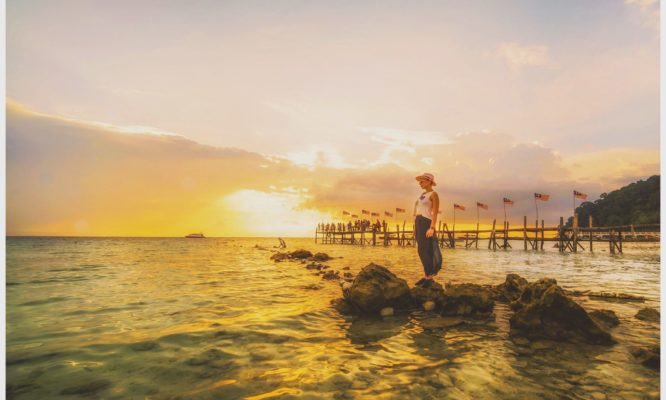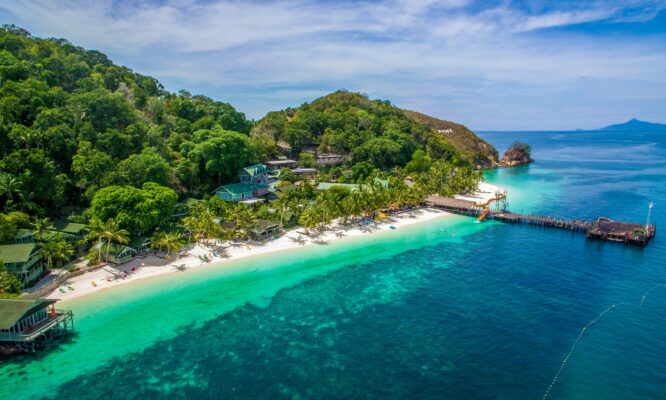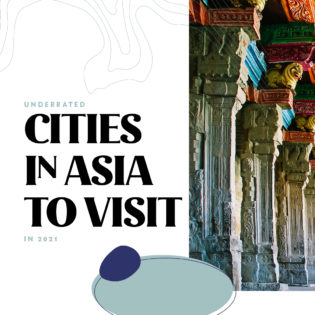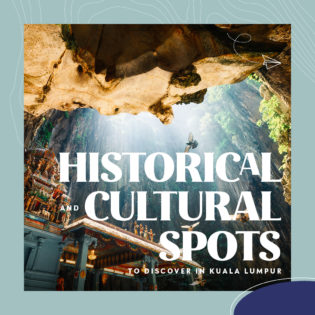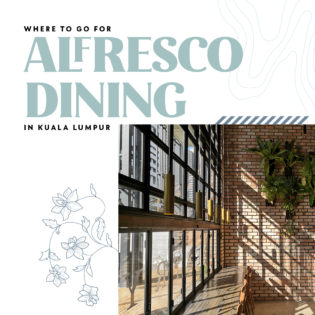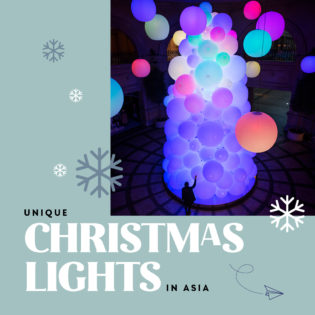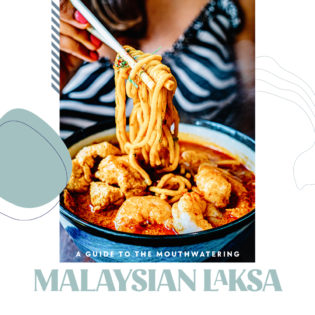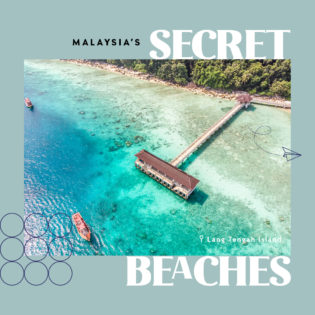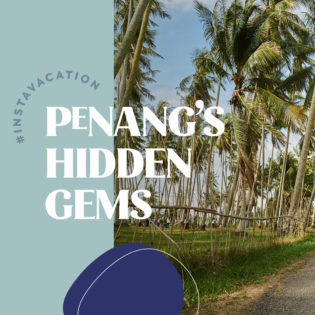Aboriginal tourism shines in British Columbia
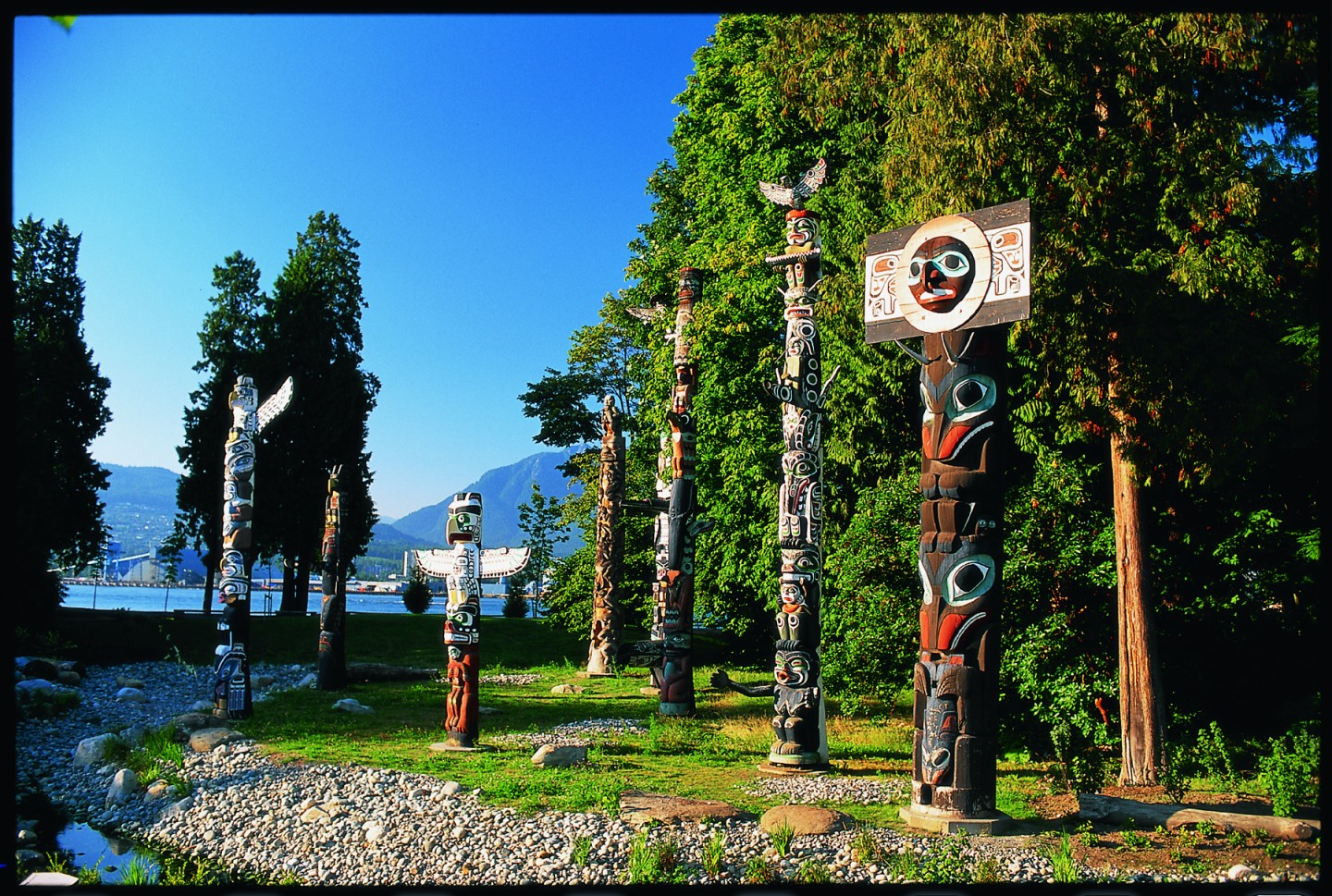
T
he first view of the rich aboriginal culture of the southwest corner of Canada comes right at Vancouver International Airport. Native art, including wooden sculptures, carvings and totem poles, decorates the modern terminal. A giant bronze sculpture by celebrated artist Bill Reid, ‘The Spirit of Haida Gwaii, The Jade Canoe’, is displayed in the international departures area.
Aboriginal, or indigenous, tourism is rapidly growing among sophisticated travellers worldwide, and especially in British Columbia (B.C). Visitors can see aspects of this rich culture in museums, galleries, art shops, at a traditional longhouse and in restaurants.
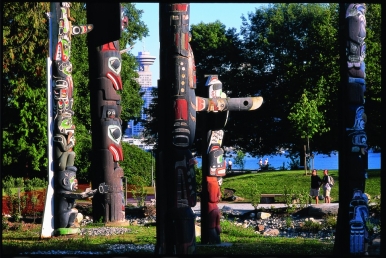
The distinctive, stylised art of North America’s Pacific Coast people has seen increased recognition in recent decades, with international connoisseurs paying top prices for the best work. Many works feature animal symbols such as bear, raven, frog, and killer whale, as well as mythical animals, with strong geometric lines and bright primary colours or natural wood grain.
Art is found in everyday objects sold in local shops, such as cedar masks and wall plaques, pottery, paddles, scarves, blankets, bentwood boxes, gold and silver jewellery, baskets, silk screen prints, even T-shirts with traditional native designs such as killer whale, raven and moon.
This art is pervasive in Vancouver. In the city-centre Listel Hotel (thelistelhotel.com), the elevator to my floor opens to face a display case of indigenous carvings and prints. This boutique inn is also a unique repository of art. Every guest room on the two Gallery Floors is a treasury of original and limited edition works by international and regional artists, including B.C. aboriginals, or First Nations people as they are now called.
B.C. natural materials decorate the distinctive Forest Floor. Especially effective, and pleasing to the eye and spirit, are the room’s hemlock and cedar headboards, armoires and desks, adorned with traditional native carvings. It is striking and distinctive, so that waking up in a room decorated with hand-carved natural wood furniture and native art, I immediately know that I am not in a featureless chain hotel.
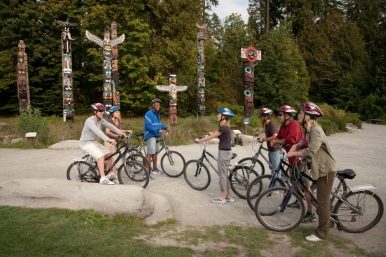
Having had a taste of this work, I wander a few blocks to the new Bill Reid Gallery (billreidgallery.ca) to get a more in-depth understanding. The gallery houses a permanent collection by Reid (1920-1998) – one of Canada’s most celebrated indigenous masters of art, carving and jewellery-making – as well as a number of works created by contemporary First Nations artists.
“Some Asians view this as primitive art, but it is not,” says gallery executive director Mike Robinson. “It is derivative of Asia, originally from Mongolia, via Siberia.”
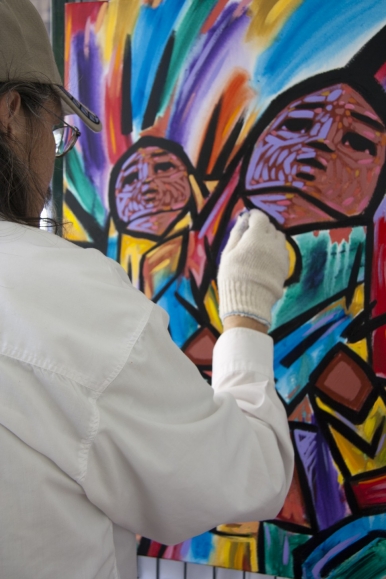
There is a renaissance of aboriginal art in B.C., with the profusion of traditional forms of woodcarving, metalwork, painting, prints, jewellery and textiles. “More than 1,000 aboriginals make a living with art prints,” Mike says, as he shows me the great variety of work for sale in the museum gift shop.
The museum rotates exhibits and features a number of themes, including one on humour and another on erotic native art.
The best place to see this distinctive art is at the University of British Columbia’s Museum of Anthropology (moa.ubc.ca). The establishment houses more than 13,000 First Nations artworks along with two cedar-log Haida Houses in an impressive concrete and glass building dramatically set in the forest on a peninsula jutting into the Pacific. Behind the museum stands a cluster of 10 full-scale totem poles, some worn with time, others still painted.
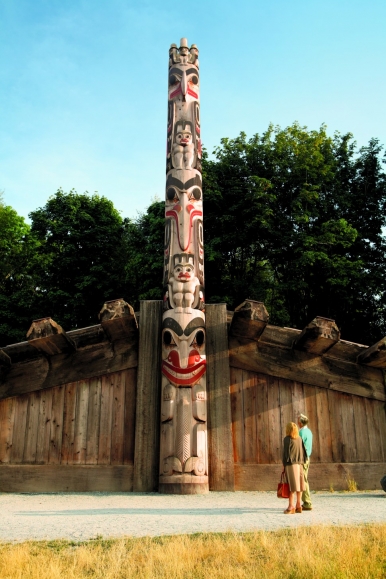
Inside, the moody, misty coastal rainforest atmosphere seeps through the 14m-high glass walls, pervading the impressive Great Hall, specifically built to house full-sized totem poles. These ancient carved sentinels, recovered from abandoned Tsimshian and Kwakiutl coastal villages, stand like a brooding forest, protected from the elements. The museum also displays carved doors and ceremonial archways, canoes, masks, boxes adorned with stylized figures and feast bowls as big as bathtubs.
Aboriginal tourism has matured in recent decades, as native entrepreneurs no longer merely stage simplified dance shows for tour groups or run souvenir shops selling mass-produced trinkets.
One of the liveliest, most fun looks at native culture comes at the Hiwus Longhouse on Grouse Mountain (grousemountain.com), 1,230m above sea level and overlooking the sparkling lights of the city far below.
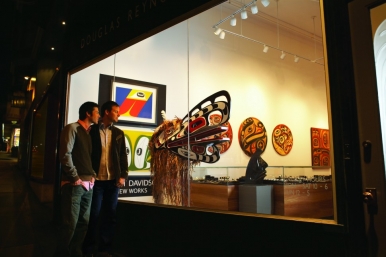
Here, an entertaining two-hour evening programme features traditional song, dance, storytelling and food.
Ducking through the entrance, a carved 10m-tall totem pole with a bear above the door and an eagle at the top, we enter the feast house. It is the size of a small theatre, with floor-to-ceiling, hand-split fine-grain red cedar planks. Dramatic, painted masks decorate the spacious room, and rows of benches along the sides face a fire burning in a huge stone pit in the centre.
The lights dim, chanting and drumming sounds fill the room. Suddenly, two dancers in thatched hats leap into the light of the flickering fire and perform a spirited welcome dance.
Following dinner, the energetic costumed duo performs a number of dances, chant, beat drums, and relate myths of their people. One is of the Thunderbird, so big that he dances with one foot on each mountaintop, with lightening flashing from his eyes and thunder rolling from his flapping wings.
Then the lights go off, mist fills the room and a creature rises from the floor. It is the witch, with a taste for naughty children. The effect is eerie, unearthly.
Mystery turns to comedy when the mischievous performers get all the spectators to dance as well, in teams representing various animals. Even the shiest spectators are forced on the floor. Wolves bend their elbows in front of their faces, mimicking the long nose, and wave their hands behind, like tails, eagles flap their ‘wings’, killer whales leap from the sea. And dignity is abandoned on the feast house floor.
As eating is such an important aspect of culture, I head one evening for the unique Salmon n’ Bannock restaurant (salmonandbannock.net), an aboriginal-owned and operated bistro serving authentic First Nations cuisine. The menu includes the traditional fare of the region’s Pacific Coast native people as well as from the plains and the high Arctic.
Art from upcoming First Nations artists focusing on traditional values, some with a modern flair, decorates the small room. The work on the walls changes occasionally and is for sale.
The restaurant is not for vegetarians. Starters include halibut consommé with West Coast toasted seaweed, Indian candy (a kind of smoked salmon) and bannock crackers.
I start with roasted bison bone marrow with vanilla salt and apple parsley; the large bone is served on a plate and diners scoop out the tasty marrow. The cured Arctic musk ox with blueberry salsa, cedar jelly on seasonal greens, bannock croutons is crispy, like good bacon, but with a unique taste.
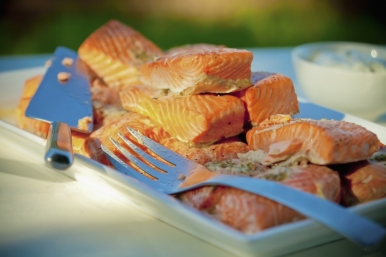
My main course, a succulent wild sockeye salmon, roasted garlic, lemon and parsley, served on chanterelle, oat and wild rice risotto, is a delicate feast of local products.
Going native has never tasted so good.

